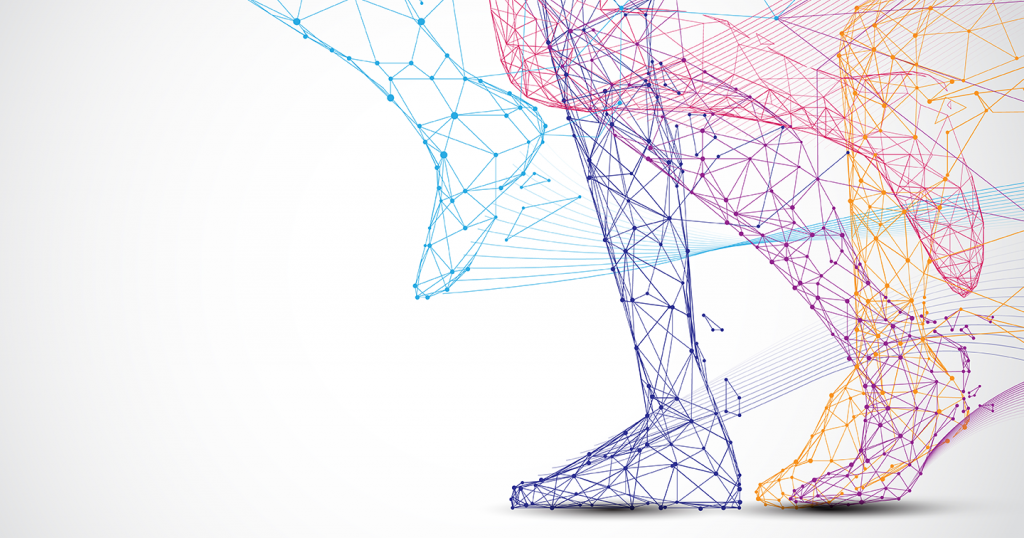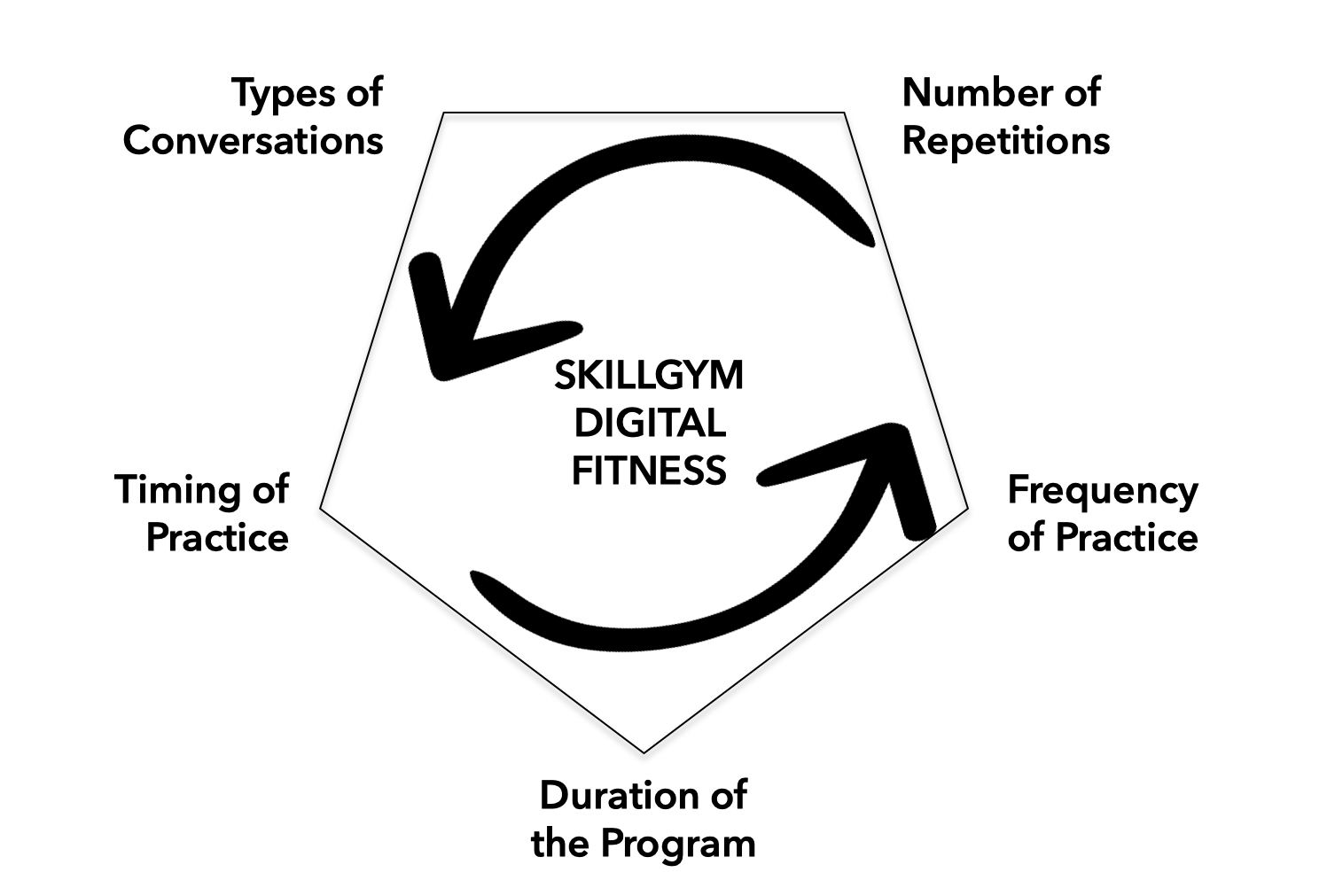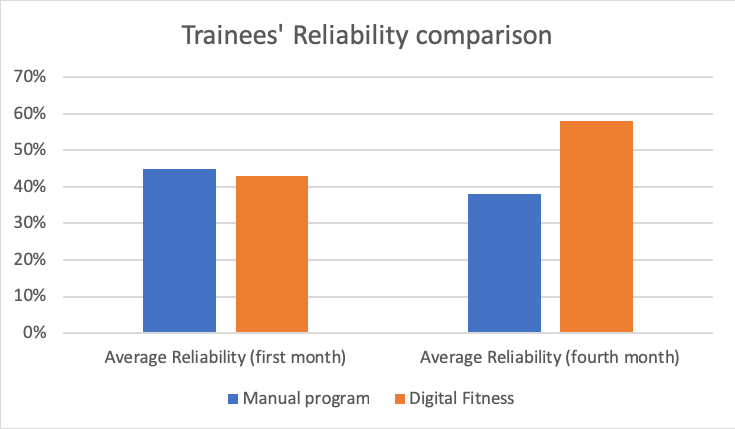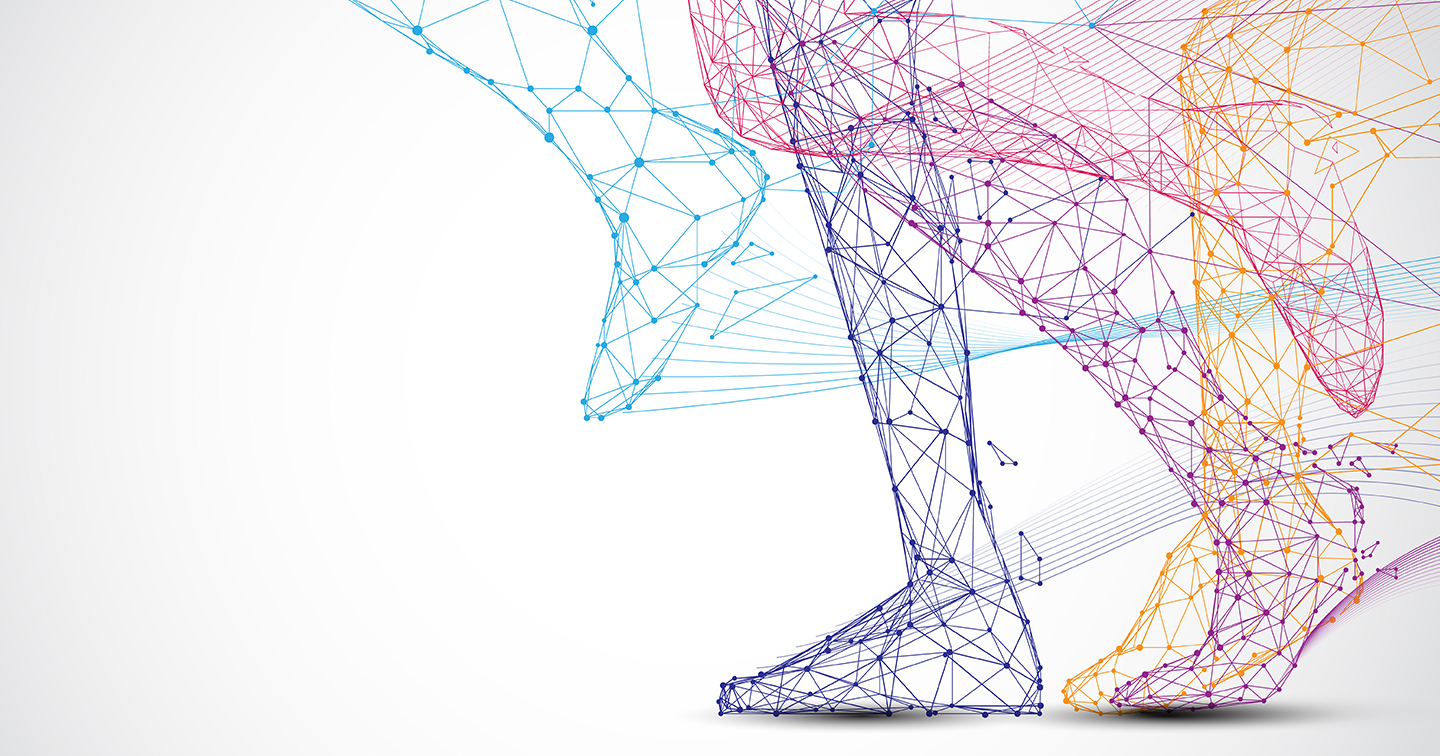
The concept of Adaptive Learning or Adaptive Training is becoming increasingly popular in the L&D community, as a way to make the learning program easier while have a greater impact on each individual trainee.
Basically, the idea behind Adaptive Learning is relying on technology and data to dynamically modify the contents, the schedule and possibly also the complexity of the learning tasks that are assigned to the learner, according to the updated results -and, let me add, discipline- tracked on the way.
Although several studies are published every year showing the positive impact of different approaches to Adaptive Learning, the scientific research is still trying to find a common trait to define the typical characteristic of a well-balanced adapting learning program.
The need for personalized training schedules
Two years ago, we at SkillGym started discussing how we could leverage the enormous amount of training data -usage and results- in a way that could possibly deliver a better and more personalized training experience for the Leaders engaged with our Digital Role Play System.
By that point, we already had extensive experience in defining efficient training programs for the development of leadership skills. In this article (“Three Case Studies and One Strategy to Keep Users Engaged with Digital Learning”), I discuss the importance of a well-designed schedule with several case studies in mind.
The scientific research is still trying to find a common trait to define the typical characteristic of a well-balanced adaptive learning program.
In fact, we noticed that the more the program was designed according to the actual needs of the trainees, the higher was the outcome in terms of ongoing engagement, declared satisfaction and performance improvements on the key metrics that we normally measure (see this article “8 Key Metrics to Ensure a Successful Practical Training on Critical Conversations” for more information on which metrics matter most in a conversational leadership training program).
However, finding the right fit every time for each individual trainee was not easy at the time. Keeping that fit up-to-date without referencing back to some form of AI algorithm would have generated a massive load of extra work for any L&D organization trying to keep up with the progressive needs of each trainee.
So we decided to move in the direction of a more structured way to manage the continuous variations required by a well-fitting leadership training program. The idea of Digital Fitness was born.
It came about as a result of the following considerations:
- Especially for conversational training, it is very important to let the trainees feel like the schedule is tailor-made -not just the content, but especially the pace. In fact, improving conversational skills and acquiring new leadership behaviors requires much more than a one-shot inspirational meet-up.
You have to work hard and consistently. There is nothing worse than feeling overwhelmed by a program set by somebody else that never fits your busy agenda.
- At the same time, we love to consider the path to the mastery of conversational leadership as a fitness program rather than a learning or even a training activity. The difference may look subtle, but it is very important. It is never done with these skills. It’s not a on-off state where once you learn, it’s done.
Rather, it’s a keep-it-fit situation: the more you practice, the better you perform. The less you practice, the faster you fall back to your old habits. This is where the metaphor of sports is appropriate. So given our vision, there is nothing better than “digital fitness” as a name to describe what we were after.
It took around two years to get to a proper and stable version of the algorithms behind SkillGym Digital Fitness, during which we continuously experimented, mixing the different variables that matter.
Start with the self-perceived needs
When trainers decide to enroll their Leaders in a SkillGym Bootcamp and activate our Digital Fitness program -as an alternative to manually scheduling trainees’ training programs- an automatic ongoing process of schedule fine-tuning starts.

The first step to define a healthy adaptive program is to listen to trainees’ needs, availability and habits.
We do this by delivering a preliminary online questionnaire to each trainee enrolled to a Digital Fitness SkillGym Program. The questionnaire is quite simple to fill out and normally take less than ten minutes.
It is divided into sections, for a complete discovery of the following aspects:
- Effort availability. How much training are you available to sustain?
- Favorite slots. We are all so busy, it’s best to ask when training best fits the trainees’ schedule.
- Self-perceived needs. What types of conversations are more critical?
- Other preferences (how they would like to make the appointments and more questions of this nature).
This information is collected and stored by SkillGym and represents the starting point for the individual plan definition.
In fact, SkillGym Digital Fitness initially takes for granted the preferences expressed by the trainee and starts setting the schedule accordingly.
Adjusting along the way
The large majority of the cases, however, suggest that reality is quite different from what people declare at their first day at the gym:
- On average, trainees tend to be busier than they think, so postponing or skipping training sessions becomes quite common.
- In the long run, real habits show up. So, quite frequently we see trainees ending up training on the same days of the week and very often also at the very same time slots, which is one facet that can be utilized.
- At the same time, a considerable percentage of trainees tend to overestimate or underestimate -some issues with self-awareness perhaps- their actual learning needs. So, it happens that they perform really well on certain conversations where they thought they would do poorly and vice versa.
Digital Fitness continuously monitors:
- When the trainee actually attends the training session
- What scores are achieved in the different conversations
and it automatically adjusts the ongoing schedule, adapting the dates of training, the frequency and the types of conversations to play on.
In this way, the initial preferences of the trainees are quickly overwritten by the practical evidence of what needs and availability they really have.
Fitting better and better
Any ongoing individual program is normally adjusted weekly or monthly, according to the pace or frequency of training. As soon as new information becomes available, SkillGym Digital Fitness tweaks the schedule accordingly.
At the same time, a historical track record is stored, so when a trainee enrolls in a new Bootcamp, the new preferences get compared to what happened in the past and Digital Fitness has a larger viewpoint to build a dedicated Bootcamp from day one.
On average, we see that the typical time required for Digital Fitness to have a significant understanding of the situation and adapt accordingly ranges between a few weeks and a few months. Of course, it depends on the number of interviews booked and played in between.
The more data that becomes available, the faster the learning from the system about the most appropriate schedule is.
The outcome of Digital Fitness schedule
Digital Fitness adapts the training program of each trainee by changing any of the following elements:

- The overall duration of the program, extending it or reducing it
- The frequency of practice, adjusting the number of interviews to be played within a certain time slot
- The timing of practice, according to the highest possible reliability of the user
- The number of repetitions -and the pedagogical approach to repetitions- of any single critical conversation
- The types of conversations, the types of characters, the types of subjects to practice on, according to the evolution of the Confidence score and/or other KPI that can be monitored
The result being a much more personalized path toward mastery in conversational leadership.
The impact of Digital Fitness
Since the introduction of Digital Fitness, we have been monitoring the impact of this technology, analyzing different points of view, with the scope of finding out where to improve and how our effort was possibly increasing the perceived value for the different types of users of SkillGym.
The evidence collected so far seem to show increasing attention of the user base toward the possibility offered by adapting the training path through the usage of AI and big data.
The main areas of impact are the following.
1. Higher trainee engagement
We noticed that a personalized and adaptive training path achieves on average between 25% and 37% extra engagement from trainees, measured as the level of Reliability.
Namely, how many times the user respects a previously scheduled appointment for a Digital Role Play. The higher the match, the higher the Reliability.
Look at this article (“8 Key Metrics to Ensure a Successful Practical Training on Critical Conversations”) to learn more about the key metrics of Conversational Leadership training.

2. Better pedagogical fit
There is almost always a bias between the initially declared training needs and the actual ongoing performance. Most of the times, trainees tend to overestimate their performance in those conversations where they perceive greater comfort and on the flip side, to underestimate their performance on those conversations that they perceive as less comfortable.
Digital Fitness big data suggests that on any initially set individual schedule, there is on average a shift of 25-30% in the parameters of frequency of recommended practice and mix of contents.
This is not necessarily bad news: the system goal is not to assess the ability of trainees to predict the best training path on day one. The scope is rather more to provide an increasing better-fitting approach to the ever-changing needs of each trainee.
3. Sweeter sentiment
85% of the SkillGym trainees report better perception in terms of schedule fit, both in terms of adaptability to their busy agenda and with regard to the match between the proposed training and their evolving self-perceived needs of practicing.
4. Results
We compared the results of manually-set programs and those defined on-the-go by Digital Fitness. On average, trainees following a Digital Fitness adaptive program outperformed the other group by 25% extra improvement on all the KPIs considered along the same period of time and with an overall comparable quantity of effort.
Clearly, adjusting the pace and the content mix makes a huge difference.
5. Less work for L&D
Digital Role Play does all this on its own. Of course, trainers can still take control of the assignments. But in practical terms, nobody does it.
On one hand, the system is very smart and is capable of adjusting the program while maintaining the overall expected effort/result balance within a reasonable range.
On the other, the amount of effort needed to achieve the same results in manual mode is simply crazy. Score one for AI.
6. Overall higher ROI
We can calculate training ROI in several ways. In this case, a meaningful approach could be that of comparing the effort done by L&D to adapt the individual training path, the overall sentiment of trainees, the extra results achieved, and the overall efficiency of the time spent on training.
Projections are very positive! Adaptive programs can really make a great difference when planning programs for conversational leadership training.
I hope you enjoyed this tour of one of our favorite features of SkillGym and hopefully I was able to clarify the tremendous benefits of adopting an adaptive training approach.
You are welcome to contact us to learn more about this subject including some case studies to share.
And please feel free to book a 1-hour discovery call of SkillGym.

